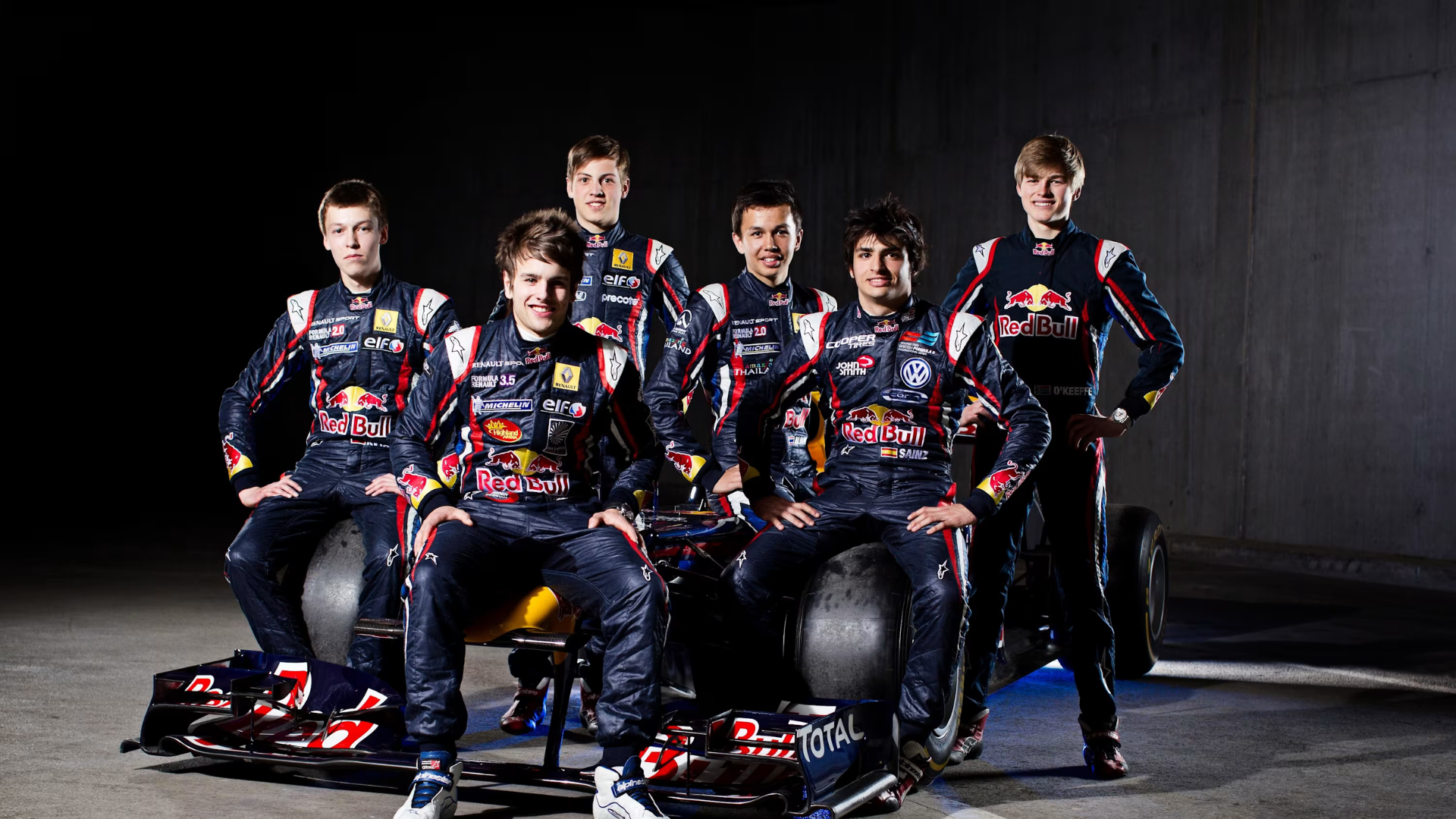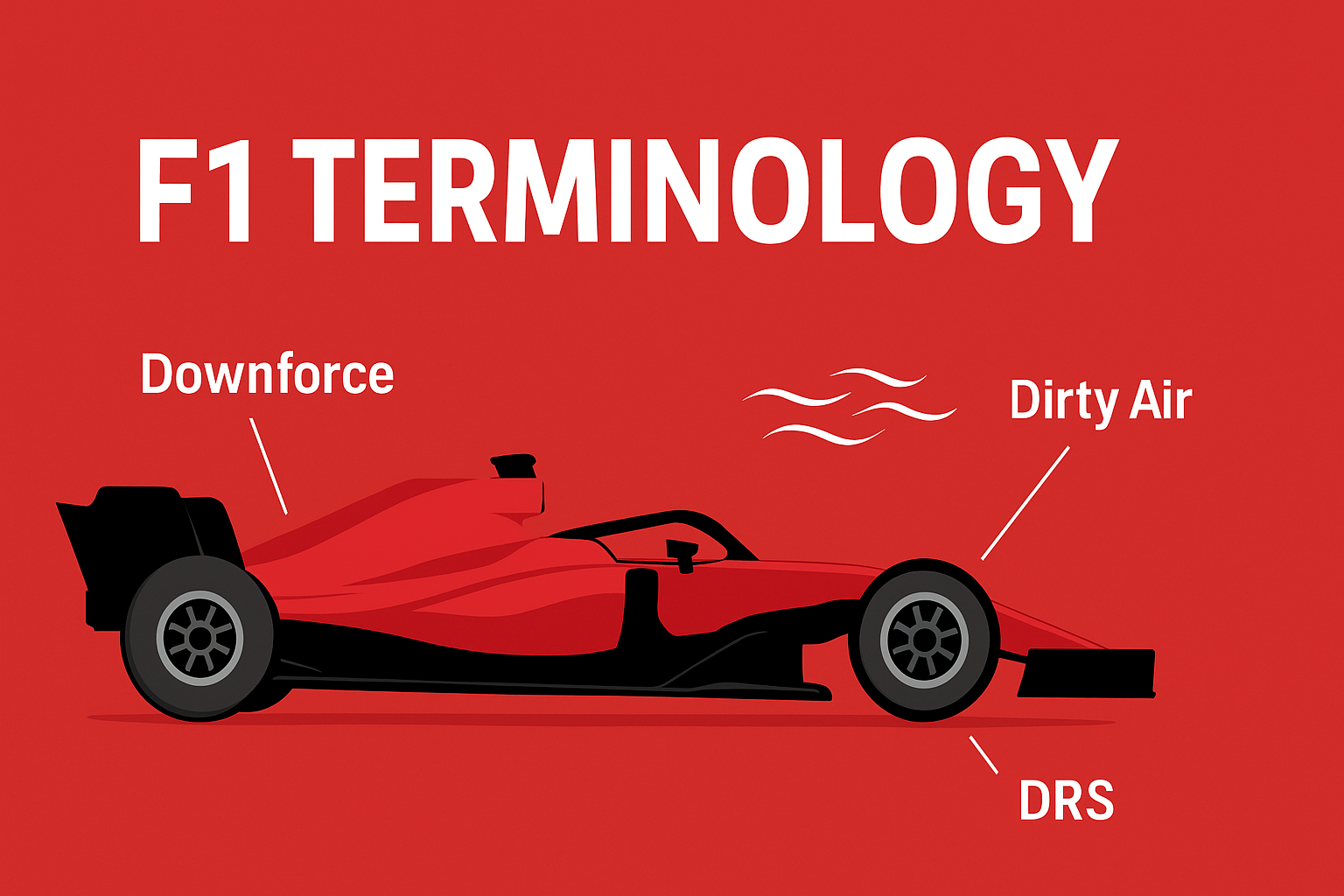Picture: Cadillac F1
Last update: 03/10/2025
The Hardest F1 Race: Why is F1 Singapore Grand Prix Hard for Drivers
When you think of Formula 1, your mind might go to Monaco’s glamour or Monza’s speed. But ask any driver or engineer which race pushes competitors to their absolute limits, and you’ll often hear one answer: the Singapore Grand Prix. Known for its suffocating humidity, unforgiving street circuit, and relentless length, Singapore stands out as the hardest F1 race on the calendar.
In this post, we’ll dive into why the Singapore GP has earned this reputation. We’ll break down the physical and mental toll, the unique challenges of the Marina Bay Street Circuit, and how drivers prepare to conquer it.
Why is the Singapore Track Hard?

Image: Getty Images
The Singapore Grand Prix is staged on the Marina Bay Street Circuit, a tight and twisting 5-kilometer layout lined with barriers. Unlike wide permanent tracks, there’s no margin for error – mistakes are punished instantly.
Here’s why the Singapore track difficulty is off the charts:
- High corner count: With over 20 turns, the constant steering and braking mean drivers rarely get a moment to breathe.
- Street circuit layout: The bumps and limited grip make the car harder to handle compared to smoother circuits.
- Night race spectacle: While the race is under lights, the tropical humidity doesn’t disappear.
The question “why is Singapore track hard” has a simple answer: it demands absolute concentration for nearly two hours, with no chance to relax.
The Brutal Singapore GP Heat
One of the most defining aspects of this race is the climate. Despite being a night event, the Singapore GP heat is notorious. Temperatures inside the cockpit can soar to over 50°C, with humidity often above 70%.
Drivers lose up to 3 liters of body fluid through sweat during the race. This extreme dehydration leads to fatigue, slower reaction times, and even blurred vision toward the final laps.
Imagine driving a high-speed car at 300 km/h, threading it between walls, all while sitting in a sauna. That’s Singapore in a nutshell.
Physical and Mental Endurance
Calling Singapore the hardest F1 race isn’t just about heat or corners, it’s about endurance. The race often runs close to the two-hour time limit, making it one of the longest on the calendar.
- Muscle strain: Constant cornering puts enormous stress on the neck, arms, and core.
- Mental fatigue: With no long straights, there’s no downtime. Drivers must stay laser-focused lap after lap.
- Survival mindset: Many races are won not by raw speed, but by avoiding mistakes and managing exhaustion.
The mental strain is as punishing as the physical challenge. One lapse of concentration and the barriers end your race instantly.
Singapore GP: A Race of Survival

Image: F1 Fansite
While the Singapore GP might not have the outright speed of Monza or the glamour of Monaco, it has something else: pure grit. Finishing this race is an achievement in itself, and winning it cements a driver’s reputation for toughness.
It’s not uncommon to see drivers collapse from exhaustion after stepping out of the car. Most notably, George Russell was seen in the Netflix series ‘Drive to Survive’ struggling to walk after the Singapore Grand Prix in 2023. That image alone tells you why many call it the hardest F1 race of all.
How Drivers Prepare for Singapore
Given the Singapore track difficulty, preparation is as intense as the race itself. Drivers ramp up training weeks in advance, focusing on hydration, heat conditioning, and stamina.
- Heat acclimatization: Many train in saunas or hot rooms to simulate the race environment.
- Neck training: Extra work with resistance bands helps handle constant G-forces through 20+ corners.
- Sleep management: Since it’s a night race, drivers adjust their body clocks to peak late in the evening.
Preparation isn’t optional – it’s survival.
Conclusion
So, why is the Singapore GP hard for drivers? It’s a perfect storm of elements: extreme heat, constant cornering, punishing track layout, and mental pressure. The Singapore track difficulty ensures that every lap is a test, while the Singapore GP heat turns it into an endurance marathon.
In Formula 1, every race is a challenge. But in Singapore, even the best drivers are pushed to their absolute limits. That’s why it holds a reputation as the hardest F1 race of all.
FAQ
Q1: Why is Singapore considered the hardest F1 race?
Because of the extreme heat, humidity, long duration, and demanding street circuit layout that pushes drivers physically and mentally.
Q2: How hot does it get during the Singapore GP?
Cockpit temperatures can exceed 50°C, with high humidity adding to driver fatigue and dehydration.
Q3: How do F1 drivers prepare for the Singapore GP?
They train in hot conditions, focus on hydration strategies, strengthen their neck muscles, and adjust their sleep cycles to the night race schedule.
Circuitalks.com is an F1 blog dedicated to delivering in-depth analysis, breaking news, and exclusive insights into the world of Formula 1. Focused on providing a comprehensive perspective for passionate F1 fans globally, Circuitalks.com covers everything from race weekends and driver performances to technical developments and behind-the-scenes stories. We strive to connect F1 enthusiasts with the latest information and engaging content.
Recent Posts
-
The Most Successful Nationalities in F1: Which Countries Dominate the Sport?
-
The Hardest F1 Race: Why is F1 Singapore Grand Prix Hard for Drivers
-
Paul Aron F1 Dream: How He Compares to Other F1 Prospects
-
Senna’s 1988 Monaco Qualifying Lap: When Time Stood Still
-
The Most Dominant F1 Car: RB19
-
Greatest F1 Rivalries of All Time
-
Red Bull Junior Team: Forging Champions and Dominating the F1 Grid
-
F1 2026 Driver Lineup: Confirmed Seats & Cadillac’s Entry
-
Understanding F1 Terminology: Your Guide to Key Formula 1 Terms
-
Potential Drivers for the 2026 Cadillac F1 Team









